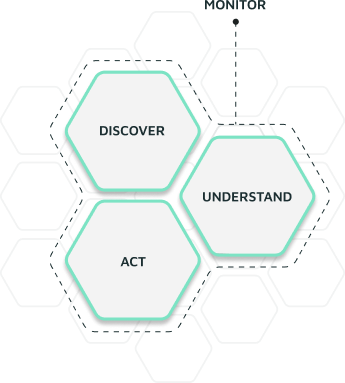


Utilized process mining to extract and analyze data from the ECC system, identifying inefficiencies and redundancies in the procurement and logistics processes.
Analyzed the extracted data to understand the depth of customization in the ECC system and pinpoint where data cleansing and process realignment were necessary before migrating to S/4HANA.
Redesigned the workflow for procurement and logistics, eliminating unnecessary steps and custom scripts. Integrated automated data validation checks to prepare for the clean migration to the S/4HANA environment.
Post-migration, set up continuous process monitoring in the S/4HANA system to ensure process integrity and performance metrics were met, allowing for real-time adjustments and ongoing optimization.
Ready to unlock your business potential?
Enter your email below and we'll get back to you.



